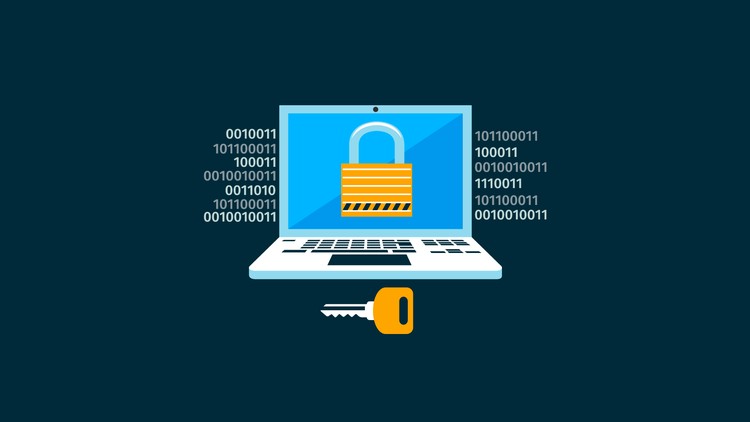Cyber Security For Normal People: Protect Yourself Online
- Description
- Programme
- Commentaires
This course is an actionable, step-by-step beginner’s guide to locking hackers, identity thieves, and cyber criminals out of your life once and for all.
Today’s reality is yesterday’s science fiction.
You can have a real-time video conversation with someone on the other side of the planet, you can send and receive money without even taking out your wallet, and you can post content online that reaches millions of people in a matter minutes.
Unfortunately, the same technology that enables all this new freedom and convenience also exposes us to new security threats that we’ve never encountered.
Malware that infects your computer and watches everything you do, phishing scams that steal private information from millions of people—today’s digital world is a criminal’s playground. It makes the process of stealing money or even stealing someone’s entire identity way more efficient.
The worst part? You are a target.
Many people neglect taking steps to protect themselves online because they think, « Why would anyone want to steal my information? »
Well, for starters, if you have any money to your name at all, there are plenty of tech-savvy criminals out there who are patiently waiting for the opportunity to take it from you.
Beyond that, they can also steal your identity to run up charges on your credit cards, open new utility accounts, get medical treatment using your health insurance, or take advantage of your friends and family by impersonating you on social media.
So what can you do?
You can protect yourself and your private data, and you don’t have to be an IT expert to do it.
This course outlines a step-by-step roadmap that you can follow to build a tight wall of security around your digital life.
More specifically, here are some of the things we’ll cover:
- Why security matters, and how to best approach it
- The most common security threats you should be aware of
- How to develop the right mindset and browsing habits
- How to secure your smartphone and all the private information it knows about you
- The 25 most commonly used passwords (is yours on the list?)
- What makes a good password (123456 is not a good password)
- How to create and manage strong, unique passwords for all of your accounts (without needing to remember them)
- How to lock attackers out of your accounts even if they manage to steal your passwords
- A security hole that attackers can use to gain unfettered access to your accounts without knowing your passwords (and how you can defend yourself)
- How to use the power of encryption to make your private data unreadable to attackers
Again, this is a beginner-level course. These are technical topics, but I hope to walk you through everything in a way that’s actionable and easy to understand. (And if you have any questions along the way, all you have to do is ask.)
I’m confident that this course will change the way you look at security, and my confidence is backed by Udemy’s 30-day money back guarantee. If you don’t love it, you get a full refund—no questions asked. Not a bad deal, if you ask me.
If you haven’t already, be sure to enroll in the course! I can’t wait to see you inside.
-
18What Is Multi-Factor Authentication?Video lesson
-
19Types Of Mobile Two-Factor AuthenticationVideo lesson
-
20LastPass Two-Factor AuthenticationVideo lesson
-
21Google Two-Factor AuthenticationVideo lesson
-
22Facebook Two-Factor AuthenticationVideo lesson
-
23Twitter Two-Factor AuthenticationVideo lesson
-
24Two-Factor Authentication For Other ServicesVideo lesson






